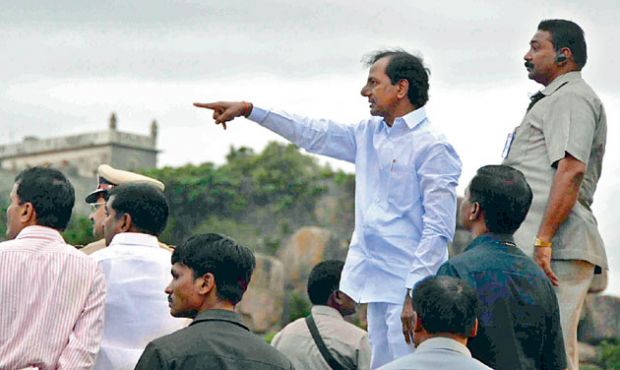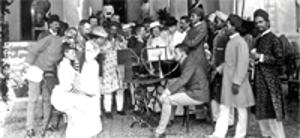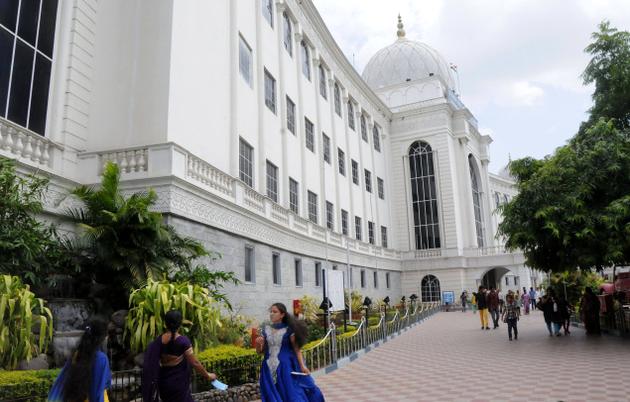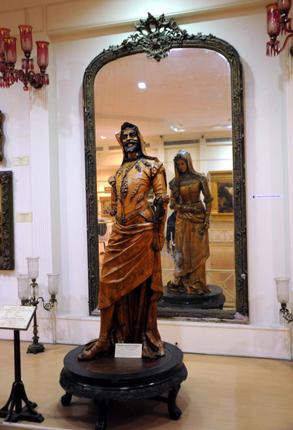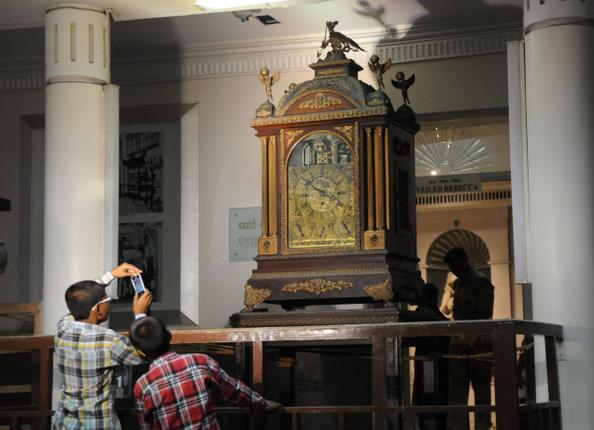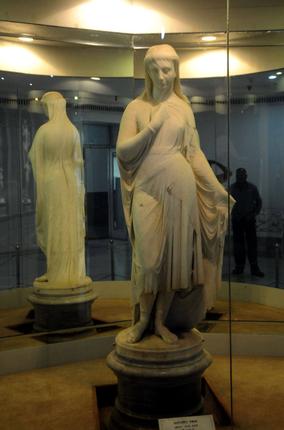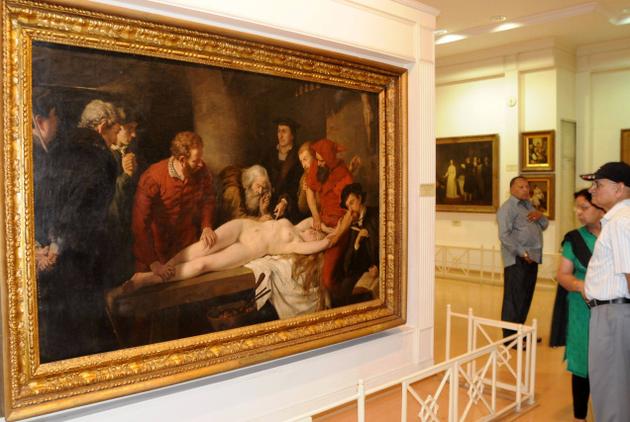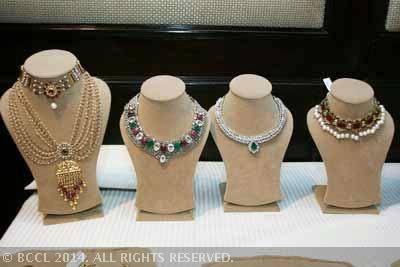
Hyderabad :
A decade after a strong pitch was made to shift the Nizam’s jewels worth millions of dollars to Hyderabad, they are still in the custody of the National Museum, Delhi and safe in the vaults of the Reserve Bank of India.
From 12 April to 27 July 2014, some of the jewels were displayed for the first time outside the country at the State Museum of Moscow, Kremlin.
For permanent display of the jewellery in Hyderabad, the state government even offered to look at different places in the city for a decision to be taken on where the permanent museum could be located. One was a building at the public gardens, another place that was considered was said to be on Road no. 3, Banjara Hills which was, however, ruled out due to security considerations, and another proposal was to buy land behind the museum where a building could be constructed for the permanent display of the jewels.
One location that was felt appropriate was the Dewan Devdi, where the Quli Qutub Shah Urban Development Authority (QQSUDA) office is located. Sources said there was, however, one hitch. The state government wanted the centre to pay for the land and premises. The union ministry of culture outrightly dismissed the idea. Since then, the proposal, which was at least being considered, has been in a limbo.
Some of the Nizam’s jewels were displayed for the first time outside the country last month in the State Museum of Moscow, Kremlin. The centre had acquired the famed jewellery in 1995 after a protracted legal battle with the heirs of the Nizams. For the first time, the dazzling jewellery was displayed at the National Museum in 2001. The 173 set collection comprising 348 pieces was brought to Hyderabad and displayed at the Salar Jung Museum the same year. Subsequently, for the second time, the exhibition was organized from December 31, 2005 to October 2006. This exhibition was followed by another exhibition at the National Museum, Delhi.
In 1991, the entire jewellery was valued at $ 162 million by Sotheby’s. The jewellery included the third largest diamond in the world — the Jacob diamond.
When contacted, Salar Jung Museum director A Nagendar Reddy said the state government would have to take the initiative to bring the jewels to Hyderabad and talk to the centre about it. “Even if we had to organize an exhibition like we did two times in the past, it may not be possible at the Salar Jung Musem. The Eastern block where the jewellery exhibition was conducted now has many galleries where several artefacts are on display,” he said.
Chief minister K Chandrasekhar Rao who is showing interest in organizing the Independence Day celebrations at the centuries old Golconda fort may also have to think of bringing the Nizams jewels back to Hyderabad for permanent display.
source: http://www.timesofindia.indiatimes.com / The Times of India / Home> City> Hyderabad / Ch. Sushil Rao, TNN / August 06th, 2014
